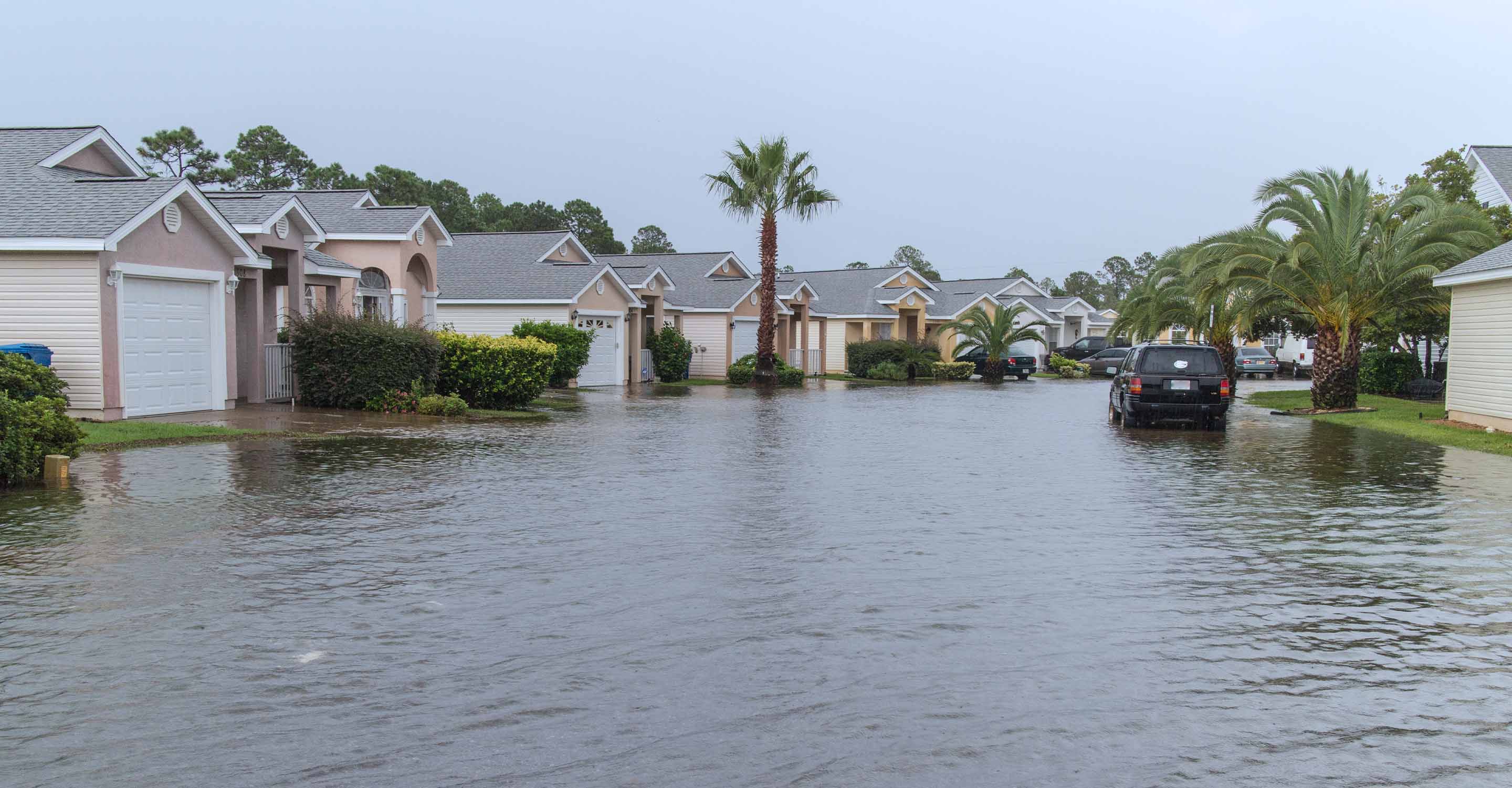Faisalabad air quality map
Live air pollution map of Faisalabad
19.3K people follow this city
Full screen
Contributors
1
Stations
1
Contributors category
0
Government
0
Non-profit organization
0
Educational
0
Corporate
0
Individual
1
Anonymous
Most polluted air quality stations
| # | station | US AQI |
|---|---|---|
| 1 | Batala Colony | 114 |
community highlight
Faisalabad most followed contributors
Health Recommendations
| Reduce outdoor exercise | |
| Close your windows to avoid dirty outdoor air GET A MONITOR | |
| Sensitive groups should wear a mask outdoors GET A MASK | |
| Run an air purifier GET AN AIR PURIFIER |
Become a contributor
Get an AirVisual Outdoor and contribute to collecting millions of data points for the Faisalabad map to track local air pollution
Understand air pollution and protect yourself
Faisalabad MAP AIR QUALITY ANALYSIS AND STATISTICS
How much pollution is present on the air quality map for Faisalabad?
Air pollution levels in Faisalabad are showing higher readings, using examples taken from the air quality map in the latter part of September 2022. Air quality map readings for Faisalabad are subject to change throughout the year, and as such users can check the air quality map to see what the current readings are. The following examples are just used as a demonstration, with a brief explanation to accompany what the reading means, along with the rest of the article hinting at what higher levels of air pollution can do to the human body. High air pollution readings seen on the air quality map can also lead to environmental degradation, which has long-term consequences for wildlife and vegetation, as well as the quality of life for inhabitants of not just Faisalabad but indeed any city around the world that is experiencing higher air pollution levels. This is most apparent in countries that are still seeing unclean combustion sources happening throughout the cities and in particular poorer rural areas.
To cite the readings from September of 2022, a single US AQI reading of 163 was recorded. As of this time, there is only one air quality monitoring station for Faisalabad, although this will likely change over time as more and more air quality maps are implemented in the various cities throughout Pakistan, as well as the rest of the world. Particulate matter and certain gases can have prominent effects on human health, particularly for those that are still growing due to the interference to the nervous system and hormonal production, both of which can be affected by certain pollutants, along with damage to the lungs and other organs throughout the body.
This reading of 163 placed Faisalabad into the 'unhealthy' air quality rating bracket for the particular day and time in which it was recorded. This requires a US AQI reading of anywhere between 150 to 201 for classification, and as the name indicates, is indeed quite unhealthy for those who are exposed, with many respiratory health problems and irritation becoming apparent, not just amongst the more vulnerable groups within Faisalabad but also younger and healthier people, who may succumb to a variety of pulmonary or cardiac illnesses, or develop long-term health issues.
Do high pollution readings on the air quality map for Faisalabad cause health issues?
High air quality map readings in Faisalabad can indeed cause a whole host of health problems to arise. These include ones that primarily affect the lungs, and excess inhalation of ultrafine, dangerous particles can lead to scarring of the lung tissue, as well as irritation to the upper respiratory tract, throat infections, and skin problems. Chronic obstructive pulmonary disease (COPD) may be common and includes ailments such as asthma, pneumonia, bronchitis, and emphysema. Other adverse health effects that can coincide with higher air pollution readings in Faisalabad include increased risks of heart attacks, arrhythmia and premature death as a result of excessive pollution exposure.
Why are air quality map readings higher in Faisalabad?
As the population grows throughout the various cities in Pakistan, there is naturally a tendency towards having higher amounts of air pollution present whenever there are large groups of people. Pakistan cities are seeing growth, which also includes many people traveling in and out of the city, with the transportation industry also contributing to rising pollution levels. Wherever there are large amounts of people there will be some forms of pollution being given off as a result, particularly when it comes to movement. This refers to polluting sources such as cars, motorbikes, and fumes given off by heavier freight vehicles such as lorries, trucks and buses, which can raise ambient, year-round pollution readings on the air quality map for Faisalabad.
The ambient pollution level refers to that which stays consistent throughout the year due to sources that continue to emit particles, chemical compounds and smoke. Fumes from vehicle exhaust contain many of the chemical compounds used in the US AQI readings, along with many forms of particulate matter, which also raises the US AQI level further due to particle-based pollution being a significant component of air pollution levels, as seen above on the air quality map, as well as on the city page for Faisalabad, which shows the pollution levels as an average, rather than as individual areas throughout the city.
Whilst combustion inside vehicle engines is a significant contributor to higher pollution levels, vehicles can also contribute in other ways (although older and poorer quality cars, motorbikes and lorries will often give out far more noxious fumes and particles than newer models do, due to the poor combustion process taking place in the engine, leading to improper combustion of fuels. This can release materials such as black carbon and volatile organic compounds (VOCs) in higher quantities, as well as older engines also being more likely to release oil vapors). The other ways that vehicles can contribute to higher air pollution readings on the pollution map above is from less well-known aspects such as the residual wear and tear of tire treads causing many tons of microscopic rubber particles to enter the air (as well as settling on the earth or in bodies of water, leading to these particles potentially entering the food chain and making its way to people, and also causing damage to the environment).
Other causes of higher pollution levels and thus higher US AQI readings present on the air quality maps for Faisalabad include ones such as poorly paved roads (which can emit large amounts of finely ground particles, particularly when many cars are driving over it daily), emissions from power plants and factories, and any potential open burning of rubbish or organic material, which whilst it is less common nowadays, can still occur, particularly in lower-income areas, not to mention natural combustion sources such as wildfires or similar natural disasters.
As the population grows, so too will vehicle ownership, which is on the rise throughout the world and is a growing contributor to worldwide pollution levels, and can be particularly prominent in cities that see large amounts of traffic hemmed into smaller roads and in between buildings, often seen during rush hour periods. All of the above-mentioned issues represent a large part of what makes up pollution spikes on the air quality maps for Faisalabad, with a few others also contributing beyond what was mentioned.
What are some pollutants included in the air quality map in Faisalabad?
The air quality map for Faisalabad will show you the pollution levels in the form of the US AQI reading. Whilst this helps understand the overall level of pollution present in the air in Faisalabad, it is also good to know what this reading is formed from. The US AQI reading is aggregated from several prominent pollutants, used because of how prevalent they are throughout the world. These are ones such as PM2.5 and PM10, the two main forms of particle pollution. Others include gases such as carbon monoxide, ozone, nitrogen dioxide and sulfur dioxide. Of note is that the particle-based pollutants can have many different dangerous materials falling into that particular bracket, which is entirely dependent on the size of the particle. PM2.5, or material that is 2.5 micrometers or less in diameter, is amongst the more dangerous of the two particle-based pollutants.
Faisalabad air quality data attribution
1Contributor
 1 Anonymous contributor
1 Anonymous contributor1 station
Anonymous Contributor
1 Data source







